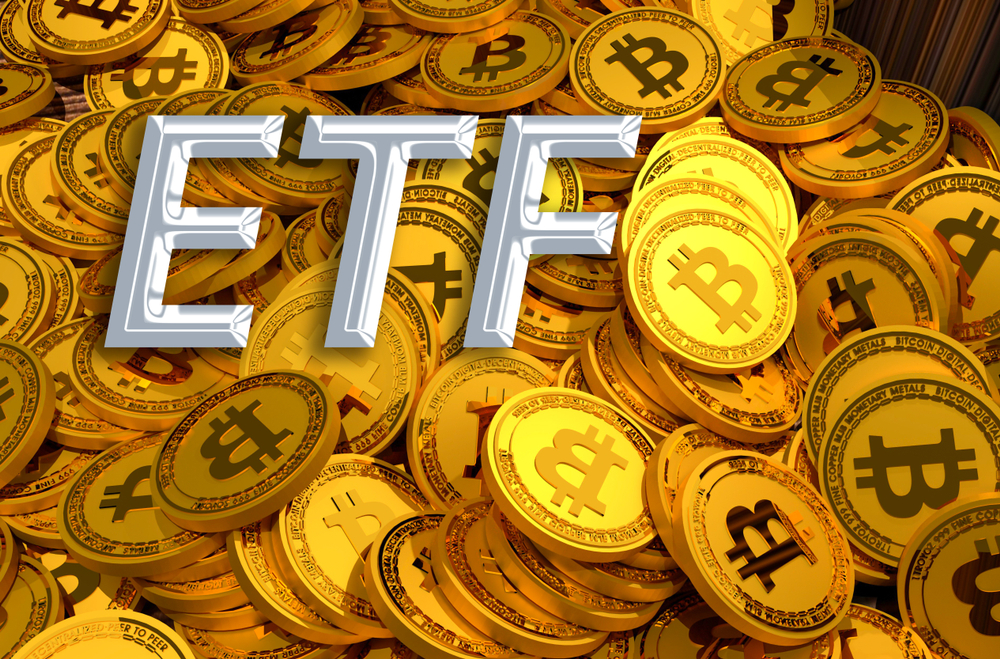Jacobi Asset Management firm unveiled the first Bitcoin exchange-traded fund (ETF), beating the US to the race. The asset manager launched the ETF on Tuesday, August 15, on Euronext Amsterdam.
The listing of the Bitcoin ETF by the London-based Jacobi Asset Management marks Europe’s triumph over the US. The latter has witnessed delayed approval of various applications for the spot market for Bitcoin ETF. The applications are pending before the Securities and Exchange Commission (SEC) for approval led by BlackRock, Fidelity, Bitwise, Wisdom, Invesco, and VanEck.
Jacobi Ends Delay to Unveil FT Wilshire Bitcoin ETF
The unveiling of the Bitcoin ETF by Jacobi Asset Management sets Europe on a trajectory path at a time when the US investors are optimistic that the Garry Gensler-led SEC will approve the application. The Bitcoin ETF launch on Tuesday follows the approval the Guernsey Financial Services Commission (GFSC) granted in October 2021.
Jacobi intended to unveil the Bitcoin ETF last year but postponed it, citing the period inopportune following the FTX bankruptcy and Terra ecosystem collapse. The firm announced that the Jacobi FT Wilshire Bitcoin ETF went live on Tuesday, August 15, and will trade using the ticker BCOIN. Additionally, the firm indicated that the Bitcoin ETF charges investors 1.5% of the annual management fee.
Fidelity Digital Assets will offer custodial services for the fund. Jacobi tasks Flow Traders with market maker roles while DRW and Jane Street are authorized participants. Jacobi chief executive Martin Bednall indicated that the fund utilizes a unique design giving institutional investors transparent and secure access to Bitcoin while resolving sustainability requirements. He was optimistic that the ETF launch would catalyze institutional adoption of cryptocurrencies.
Jacobi’s Bitcoin ETF Complies with Sustainable Regulation
Jacobi FT Wilshire Bitcoin ETF is labeled as the pioneer decarbonized digital asset fund that complies with Article 8 of the European Sustainable Finance Disclosure Regulation (SFDR). The provisions apply to the ETF that advance environmental and social objectives.
Jacobi’s Bednall revealed partnering with the crypto asset platform Zumo tasking it to implement a verifiable renewable energy certificate (REC) solution. He clarified that REC enables institutional investors to handle Bitcoin while honoring environmental, social, and governance (ESG) objectives.
Jacobi’s chief explained that RECs differ from offsets. He indicated that offsets are used to settle a firm’s carbon footprint. An offset unit represents a tonne of carbon IV oxide. RECs involve the electricity consumption equivalent of 1 MWh of electricity.
Bednall identified the REC solution as one verifying the renewable energy sources utilization. Besides, it contributes to overall decarbonization. It facilitates compliance with sustainable principles.
Bednall considers REC an ideal tool whose utilization in crypto would orient operators toward reduced carbon footprint for electricity consumption. He added that REC utilization attains recognition under the provisions of the Greenhouse Gas Protocol.
Jacobi’s boss admits that RECs constitute a market-oriented accounting method one can utilize and seek full decarbonization. Such rewards are not realizable for offsets.
Jacobi Shifting from ETN to Bitcoin ETF
Jacobi Assets Management firm realized a significant milestone by shifting from conventional exchange-traded notes (ETNs) to the Bitcoin ETF. The open fund indicated that the crypto-backed financial instrument would offer an alternative investment that harbors immense potential across Europe.
A primary distinction between ETN and ETF involves the ownership structure and investment nature. ETF allows the shareholders to gain and claim ownership stake within the underlying assets.ETN involves a debt-security.
Bednall observed that ETFs operate via approval by regulators though overseen by the regulated managers. The managers report to the regulator regularly since they sign off on all related activities. On the contrary, ETNs hardly engage such a party and thus lack such investor protection level.
ETFs Integrating Derivatives to Minimize Market Manipulation
ETFs harbor restrictions arising from using leverage and incorporate derivatives that help minimize risks linked to market manipulation. On the other hand, ETNs could integrate derivatives and leverage. By doing so, ETNS introduces an additional risk layer.
The unveiling of Jacob’s Bitcoin ETF would imply that European investors are leaping ahead of their US counterparts who continue to wait for the sought-after product. The wait has extended beyond a decade with a recent revelation by the Gemini crypto exchange of applying for the Bitcoin ETF in 2013.
American investors continue to wait for Bitcoin ETF approval, optimistic that the SEC will relent from the usual rejection of applications citing the vulnerability to market manipulation.
